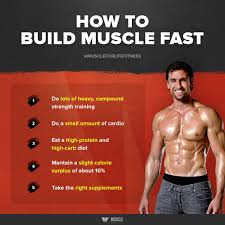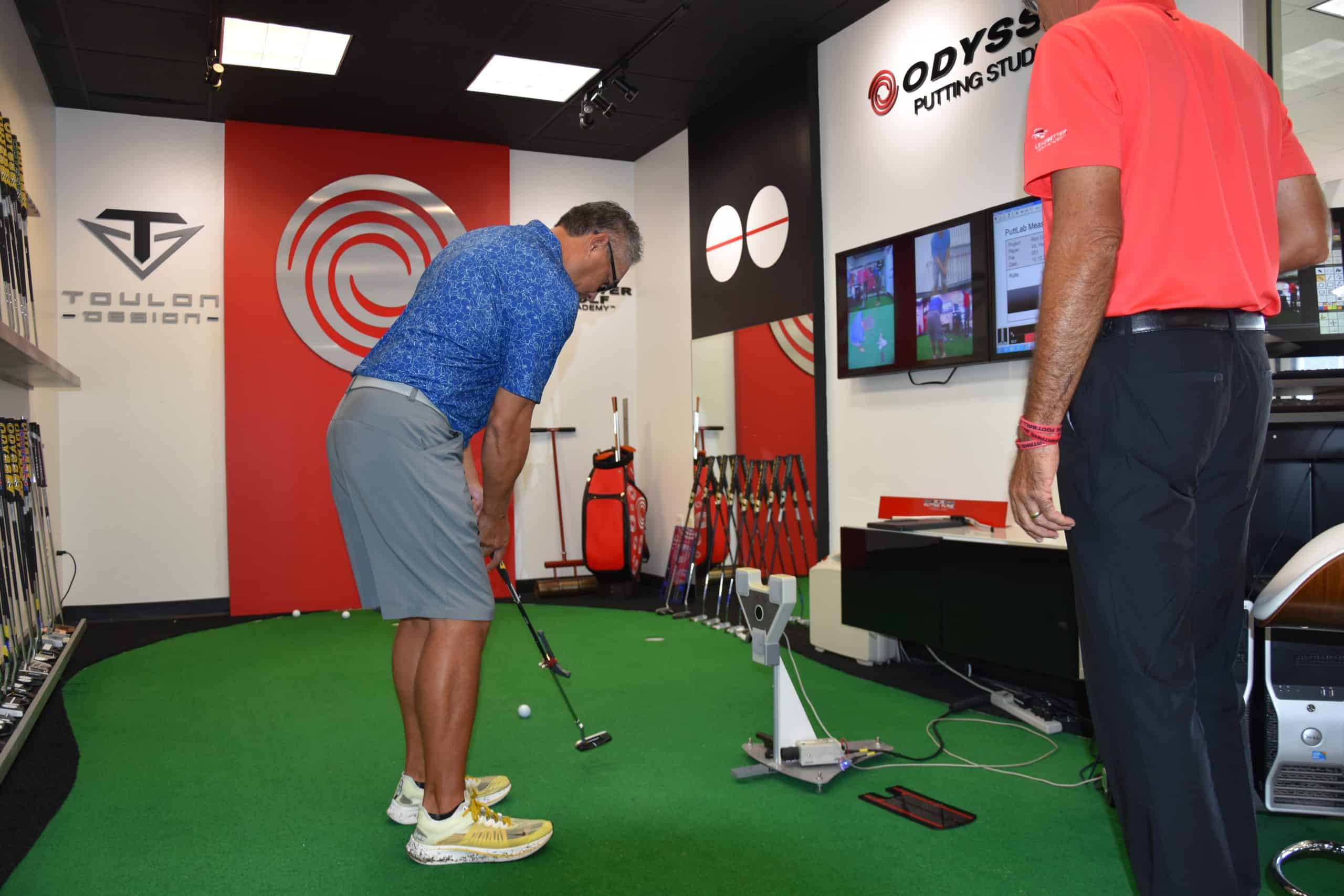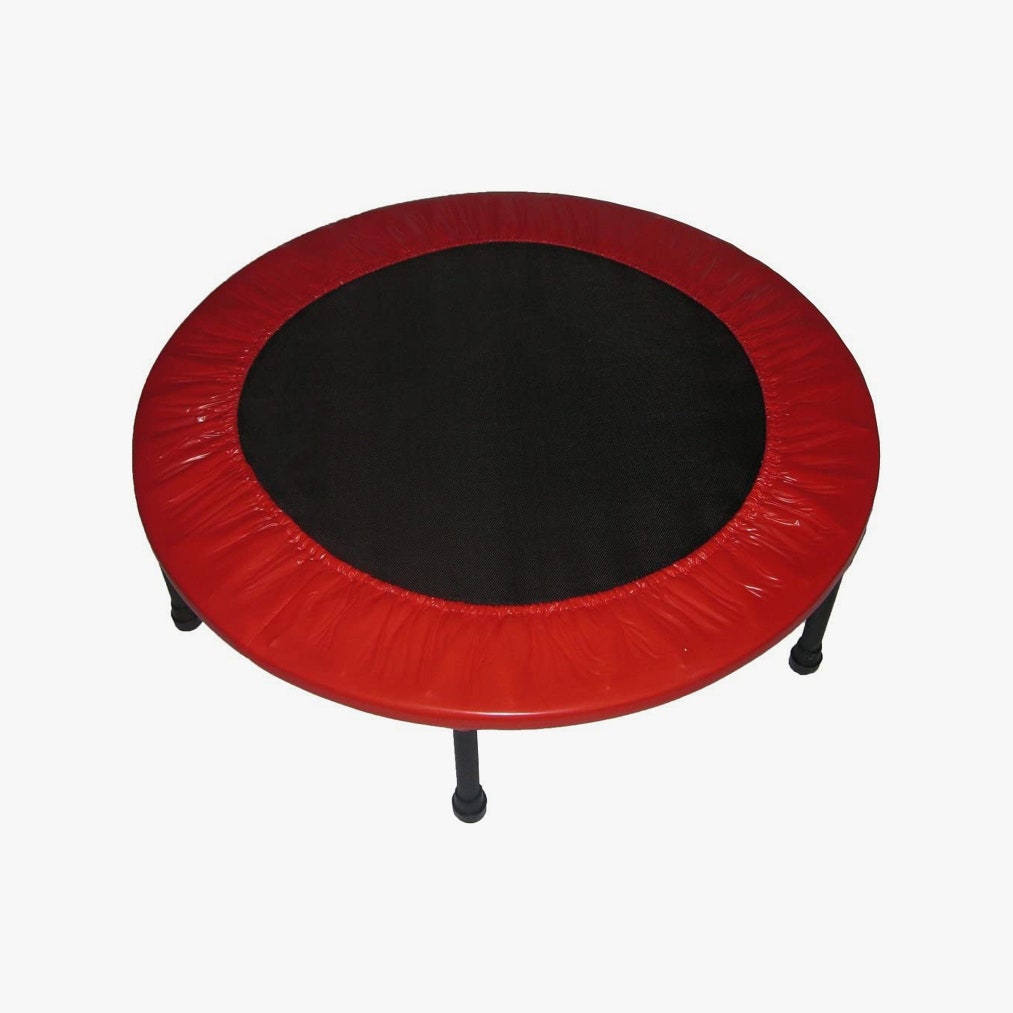
To become a coach, one must first complete a training course and then pass a certification test. The certification test tests one's understanding of exercise technique and human physiology. Some certifications require continued education in order to remain certified. The education requirements for fitness coach vary from one country to another.
Goal-setting matrix for fitness coach education
The Goal-setting matrix, a practical and powerful tool, will allow you to track your clients' progress and help them identify their goals. It helps you create meaningful workouts that motivate clients. The goals should be relevant to the client's interest and needs. For example, a client training for a half-marathon would be unlikely to benefit from heavy resistance training. Instead, he or she might benefit from a more progressive running program to increase endurance. The client should create goals, and they should have enough personal meaning for the client to motivate them.
Information for coaches in fitness
You must continue your education to become a good fitness coach. It will keep you current and fresh. It can also help establish a reputation of being an expert within your niche. Online courses and mentorship are two options. A mentor can help to avoid mistakes, and give you fresh perspectives on trying situations.

The American Council on Exercise offers a wide range of training materials that will empower trainers as well as fitness experts. The resources are easy-to-understand and designed to be accessible to clients wherever they are.
Certificates
You have many options if you want to become a personal trainer. You can choose to be certified by NASM, ACE or NSCA. These certifications have high recognition in the fitness industry and are highly sought after by potential employers. These certifications allow you to gain valuable experience, and can specialize in your training.
Each certification comes with its own set of requirements. Some certifications require you have a high-school diploma and CPR certificate. Some offer workshops in person or online. Many certification programs provide self-study materials and guides. These programs can be completed in as little as four weeks or as long at six months.
For fitness coach certification, you will need to continue your education.
There are many benefits of continuing education in the fitness industry. You gain a wider range of skills and a competitive advantage over other fitness professionals. It helps you keep your certification and improves your training skills. The NFPT provides many affordable and convenient options for continuing your education.

Online courses are available for fitness professionals. This is especially helpful if you have certifications in that field. The internet allows you to get continuing education credits and not have to travel. You can even take some of these courses 100% online.
Opportunities for fitness coaches
Fitness coaches have many career choices. These positions are flexible and more time-consuming than regular jobs. Fitness coaches who are certified are in high demand by sports organizations and government-run institutions. Teaching positions are also available for those with higher degrees. These positions may require different educational requirements. There are also many types of jobs.
Fitness consultants work with individuals or groups, assessing their fitness levels and prescribing workout plans. They also provide nutritional advice and meal plans and give guidance on how to prevent injuries. Many fitness consultants also work with people with special needs, such as the elderly or the physically handicapped. The nutrition assistants on the other side use their food knowledge to create and prepare meal plans.
FAQ
Can I exercise after eating?
It all depends on the type of exercise that you are doing. Avoid strenuous activities after meals because they can cause stomach cramps. Instead, focus on light aerobic activities like brisk walking or biking.
Is it possible to be too thin?
Yes! Both eating disorders and underweight are unhealthy. It isn't normal to be smaller than your recommended height. You may also feel tired, weak, dizzy, and experience other symptoms that could indicate being underweight.
What if I am exercising and want to eat?
Yes. You can eat what you like while you work out. Choose low-calorie snacks like watermelon. These foods contain nutrients that help you perform better during workouts.
Statistics
- According to the Centers for Disease Control and Prevention, chronic diseases cause 7 out of 10 deaths in the U.S., and treating chronic diseases accounts for 86% of U.S. healthcare costs. (mana.md)
- In high-income countries, 26% of men and 35% of women were insufficiently physically active, as compared to 12% of men and 24% of women in low-income countries. (who.int)
- Adolescent girls were less active than adolescent boys, with 85% vs. 78% not meeting WHO recommendations of at least 60 minutes of moderate to vigorous intensity physical activity per day. (who.int)
- In 2018, the World Health Assembly agreed on a global target to reduce physical inactivity by 15% by 2030 and align with the Sustainable Development Goals. (who.int)
External Links
How To
How To Burn Belly Fats Faster
Belly Fat is often considered a problem for those who want to lose weight. However, Belly Fat can be beneficial if you really think about it. Your organs are protected by the fat around your stomach. So let's see how to burn belly fat fast.
The two main factors that make us store body fat are stress and lack of exercise. Because stress stimulates the release of cortisol hormone, it makes us hungry all the time. Cortisol levels are increased by insulin. The insulin stores the excess calories as fat. Lack of sleep causes the release of adrenaline into our system, leading to increased appetite. These extra calories are broken down through exercise.
There are many ways you can reduce belly fat. You can choose to try any of these options, depending on your budget. These are some great tips to help you lose belly fat fast.
-
Try to eat less food. Instead of eating three large meals a day, eat smaller meals. This will result in fewer calories.
-
Drink plenty of fluids. Water flushes out toxins, and keeps your body hydrated. Drinking water prior to every meal will ensure that you are satisfied for longer periods of time and won't eat too much.
-
Avoid eating unhealthy snacks. If you're looking for quick fixes, snack foods like chips, cookies, candies, etc. This might be tempting. Avoid these unhealthy treats. They are full of empty calories, too much sugar, and can be very fattening. Choose healthy options like whole grains, fruits, vegetables, nuts, seeds and nuts.
-
Strength training should be done at least three times per week. Strength training builds muscle mass and burns more calories when you're not working out. It also strengthens bones, muscles, ligaments, tendons, the heart, lungs, and joints.
-
Stretching and walking are good habits. Stretching increases flexibility and mobility. It also reduces back pain. Walking is great for burning calories.
-
Reduce alcohol intake. Reduce alcohol intake. Alcohol is a waste of calories and has no nutritional value.
-
Reduce your weight gradually. Finding out your current weight is the first step in losing weight. Add 5%-10% of your total bodyweight to calculate your ideal size. Once you have reached your target weight, begin decreasing your daily calories intake by 500-1 000 calories until you reach your goal.
-
Avoid processed foods. These foods contain high levels of sugar, salt, and preservatives. Processed foods are often very convenient but don't provide enough nutrients to keep you healthy.
-
Don't skip breakfast! A good breakfast can improve concentration, memory, as well as energy level. Breakfast should contain protein (like eggs), fibre (like oats), as well as complex carbohydrates (like oatmeal).
-
Have regular bowel movements. Constipation and irregularity can cause gas and bloating. You can prevent this by drinking lots of water and increasing your fiber intake.